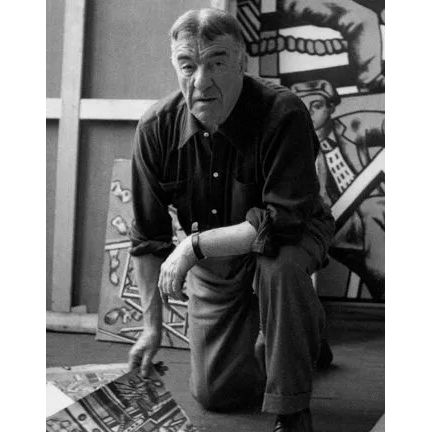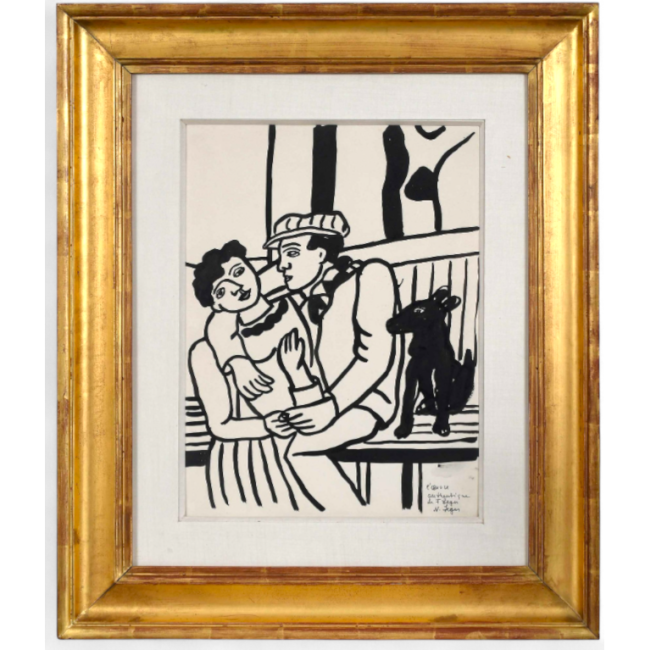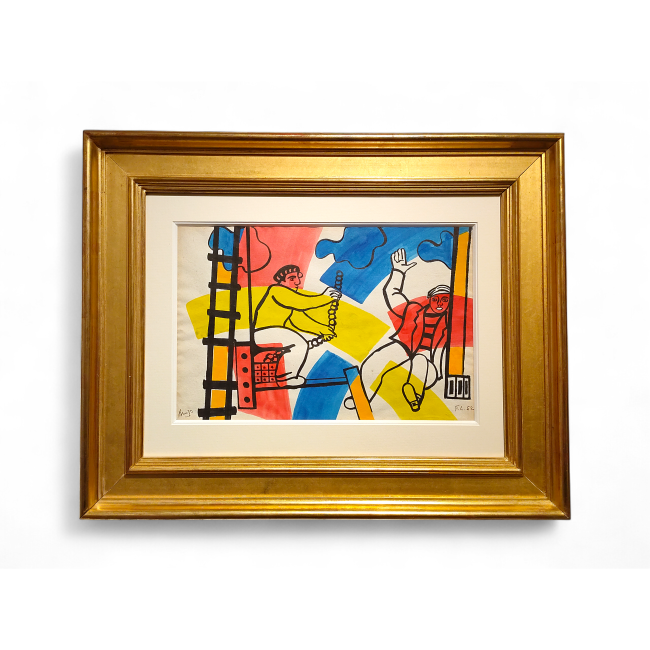Fernand Léger

Fernand Léger (1881–1955) was one of the key figures of modern art. His singular body of work blends Cubism, abstraction, and an industrial aesthetic into a visual language that is both bold and instantly recognizable.
Born in Normandy and initially trained as an architect, Léger developed a style in the 1910s marked by sharp geometric forms, vivid colors, and a fascination with the machine age. Although briefly aligned with the Cubists, he soon moved toward a more personal vision, inspired by modern life, cities, and mechanical motion.
His dynamic, structured compositions had a lasting impact on 20th-century visual culture. A multidisciplinary artist, Léger also worked in ceramics, film, mural painting, and set design, always driven by a belief in art for all: accessible and grounded in the real world.
His most iconic works reflect a bold visual utopia where man and machine coexist in harmony, capturing the optimistic momentum of an era shaped by progress.



